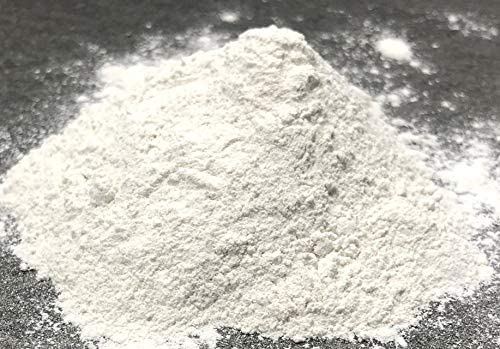Hemostasis, antibacterial, drug carrier, kaolin has infinite potential in the field of biomedicine!

Mineral materials are widely used in biomedicine and have a long history.
1. Hemostatic material
“Compendium of Materia Medica” records: Baishizhi with kaolin as the main component can be used to absorb toxic substances, astringe and solidify, stop bleeding, and suppress secretion. In 2006, the American company Z-Medica developed a kaolin hemostatic product called “war-wound gauze”, which is applied to special parts where tourniquets cannot be used. It is portable, easy to use and efficient, and has a shelf life of 5 years.
A new type of iron oxide/kaolin nanoclay composite was successfully synthesized based on the natural hemostatic agent in place of ochre to control hemorrhage. The morphology of the oxide has a significant effect on its hemostatic effect.
The in vitro hemostatic properties of Quikclot, a traditional commercial zeolite-based hemostatic agent, and layered silicates were compared, and the results showed that layered silicates (synthetic hydrotalcite, series of montmorillonite, kaolinite) clay minerals did not release during in vitro hemostasis. Heat, and extensive coagulation properties, both low price, stable and non-toxic properties, can be used as a new coagulant to replace QC.
A graphene-kaolin composite sponge gel (GKCS) was synthesized by hydrothermal method. The results of the rabbit artery injury experiment showed that the hemostasis time of the complex was 73±12s, and the hemostatic performance was significantly improved. In practical application, kaolinite-impregnated gauze was used for hemostasis after tonsillectomy, and 84.8% of patients had complete hemostasis after 5 minutes, while only 34.8% of patients with traditional standard postoperative gauze had hemostasis.
2. Drug carrier
Kaolin has a simple composition and is a typical natural 1:1 layered silicate mineral with a large diameter-to-thickness ratio, small size, and good biocompatibility. Therefore, kaolin can be used as a carrier to achieve drug loading and release. However, due to its weak ion exchange capacity, drug molecules can only be adsorbed on the surface of kaolin, and it is difficult to enter the interlayer, and the combination is not tight enough, and the drug loading effect is greatly affected.
Using the kaolin after methanol intercalation as the carrier, compared with the unmodified kaolin, after loading the small molecule chemotherapeutic drug 5-fluorouracil, it was found that the loading of the modified kaolin was as high as 55.4%, which was 147.3% higher than that of the unmodified kaolin. . This is because the grafting of methoxy groups between the kaolin layers expands the kaolin layer spacing, provides new active sites for drug molecules, and promotes the entry of drugs into the interlayer.
3. Antibacterial material
The epoxifloxacin was adsorbed on the surface of kaolinite, and the maximum adsorption amount was reached after 1 h. Compared with montmorillonite, kaolinite has a weaker ion exchange capacity, so the antibacterial agent is easier to release and has a better bactericidal effect. By measuring the adsorption capacity of CPB, it was found that CPB-kaolinite has antibacterial activity when [CPB] exceeds its CMC value. When the loading of CPB on kaolinite is high, the overall charge changes from positive to negative, so it has the ability to adsorb and kill bacteria. Therefore, kaolin can be well used for sterilization, and in the development of organoclay as an antibacterial agent, the amount of surfactant fixed on the clay must exceed the CMC value.
4. Tissue Engineering
Three-dimensional mesoporous bioglass (3D MBG) scaffolds with mesoporous structures and highly interconnected macroporous networks are considered ideal biomaterials for bone tissue applications. However, its inherent brittleness and poor mechanical strength seriously affect its performance and clinical application.
A three-dimensional MBG scaffold with excellent mechanical strength, mineralization ability and good cellular response was successfully prepared by using kaolin as a binder and a modified polyurethane foam (PU) template method. The developed hybrid MBG-xk has a porosity of 85%. With the increase of kaolin content (5%-20%), the compressive strength is between 2.6-6.0MPa, which is about 100 times that of the traditional PU-template MBG scaffold. After adding kaolin, the pH environment of MBG-10K scaffold was more stable and ideal, and the protein adsorption capacity was enhanced.
In the future, the research on the structure and performance mechanism of kaolin will be more in-depth and microscopic, and kaolin will play a greater role in more emerging fields.
